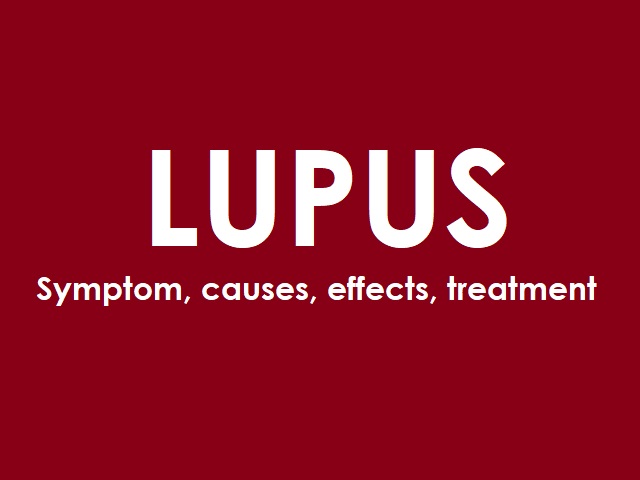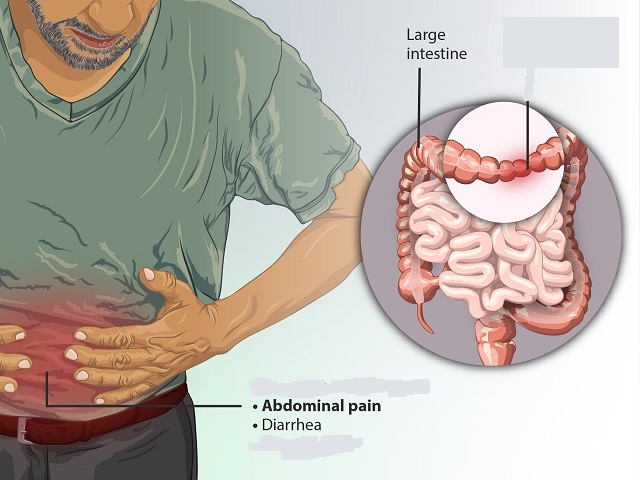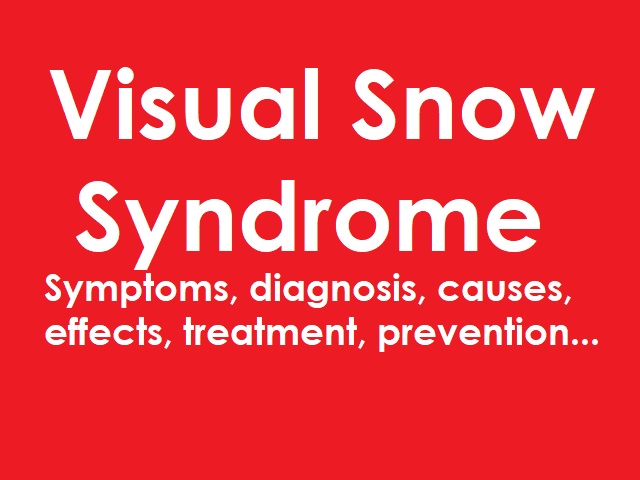7 Signs You May Have Keratoconus -- Symptoms, Causes, Effects, Treatment and Prevention
Keratoconus is an eye disorder that affects the cornea, which is the clear, dome-shaped tissue at the front of the eye. In keratoconus, the cornea becomes thin and gradually bulges outward, resulting in a cone-like shape. It usually affects both eyes and typically starts during adolescence or early adulthood. The exact cause of keratoconus is unknown, but it is believed to involve a combination of genetic, environmental, and hormonal factors. Here is a brief explanation of keratoconus, along with its symptoms, diagnosis, causes, effects, treatment, and prevention:
Symptoms of Keratoconus:
The symptoms of keratoconus may vary among individuals, but common signs and symptoms include:
- Blurred or distorted vision
- Increased sensitivity to light (photophobia)
- Frequent changes in eyeglass or contact lens prescriptions
- Difficulty seeing at night (nighttime glare and halos)
- Eye redness and irritation
- Eye strain and eye rubbing
- Double vision in one eye (monocular diplopia)
Diagnosis of Keratoconus:
Diagnosing keratoconus involves a comprehensive eye examination, which may include the following:
- Visual acuity test: To assess how well you can see at different distances.
- Corneal topography: A computerized mapping of the cornea's shape and curvature.
- Slit-lamp examination: To examine the front part of the eye, including the cornea, using a specialized microscope.
- Retinal examination: To evaluate the back of the eye and rule out other eye conditions.
- Refraction test: To determine the appropriate prescription for corrective lenses.
Causes of Keratoconus:
The exact causes of keratoconus are not fully understood, but it is thought to involve a combination of genetic and environmental factors. Some potential factors that may contribute to the development of keratoconus include:
- Genetic predisposition: Family history of keratoconus increases the risk.
- Eye rubbing: Frequent and vigorous eye rubbing may play a role in the progression of keratoconus.
- Connective tissue disorders: Keratoconus is more common in individuals with certain connective tissue disorders, such as Ehlers-Danlos syndrome and Marfan syndrome.
Effects of Keratoconus:
Keratoconus can have several effects on vision and overall eye health, including:
- Progressive vision loss and visual distortion.
- Frequent changes in eyeglass or contact lens prescriptions.
- Increased risk of corneal scarring and thinning, which can affect visual clarity.
- Impaired quality of life due to reduced vision and difficulties with daily activities.
Treatment and Prevention of Keratoconus:
Treatment options for keratoconus aim to improve vision and slow down the progression of the condition. These may include:
- Eyeglasses or contact lenses: Initially, mild cases of keratoconus can be managed with special eyeglasses or contact lenses.
- Corneal cross-linking: A procedure that involves applying special eye drops and exposing the cornea to ultraviolet light to strengthen the corneal tissue.
- Intacs: The insertion of small plastic rings into the cornea to flatten the steepened shape and improve vision.
- Corneal transplant: In severe cases, a corneal transplant may be necessary to replace the damaged cornea with a healthy donor cornea.
- Prevention of keratoconus is not currently possible since the exact cause is not fully understood. However, avoiding eye rubbing and promptly seeking treatment for any eye-related symptoms may help in managing the condition effectively.
Please note that It is important to consult with a qualified healthcare professional for a comprehensive evaluation, accurate diagnosis, and appropriate treatment plan.
References:
Mayo Clinic. (2021). Keratoconus. Retrieved from https://www.mayoclinic.org/diseases-conditions/keratoconus/symptoms-causes/syc-20351352
Image Attribution:
Featured image by William Charles Caccamise, Sr, MD, CC BY-SA 4.0, via Wikimedia Commons


















